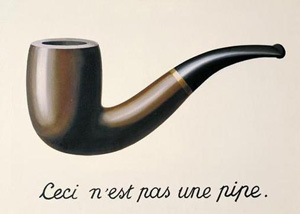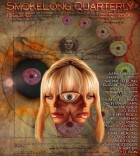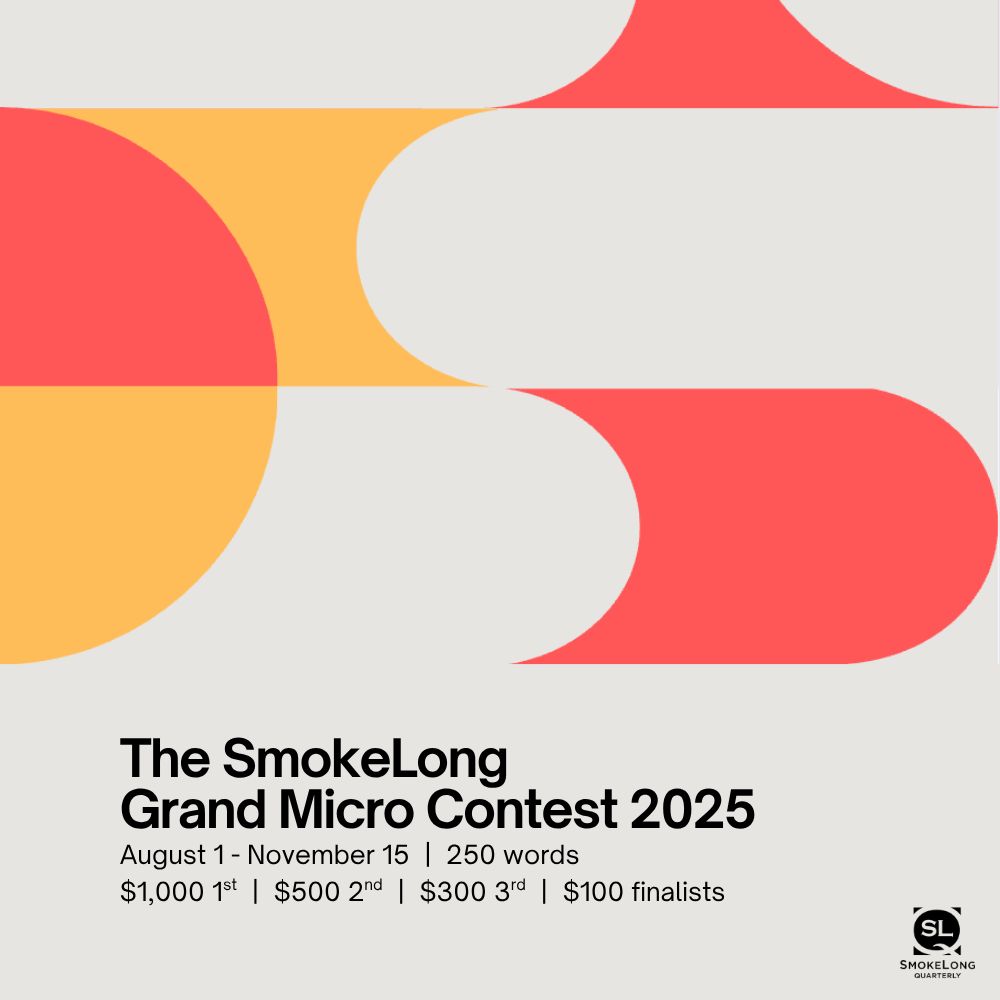How did the wildflowers end up getting planted here, of all places?
I thought they’d look pretty here.
Your ending resonates for a long time afterwards. How’d you come to that ending?—and how do you know you’ve come upon the right ending for a piece?
The actual words came to mind as I was falling asleep, not thinking about anything in particular. The ending was the first part I wrote, and the rest of the story blossomed from there. I know I’ve got the right ending when it says enough, but also gives the reader something to reflect on.
What’s the key to creating tension and a sense of progression in a flash that juxtaposes two seemingly divergent subjects? It seems that part of the surprise comes out of the convergence of the two, yes?
For me, the two subjects didn’t seem divergent at all. The natural world mirrors the human condition in countless ways. The key is to isolate the essence of the two subjects and then the connection becomes clear.
Your first novel, BLUE, recently came out. What’s that been like?
There’s nothing like holding your own book in your hands.
The 2005 Edge Annual World Question (www.edge.org) asked a question that the BBC called “fantastically stimulating.” One year later, we ask you this same question: “What do you believe is true even though you cannot prove it?”
What goes around comes around.



 The SmokeLong Grand Micro Contest (The Mikey) is now an annual competition celebrating and compensating the best micro fiction and nonfiction online.
The SmokeLong Grand Micro Contest (The Mikey) is now an annual competition celebrating and compensating the best micro fiction and nonfiction online.